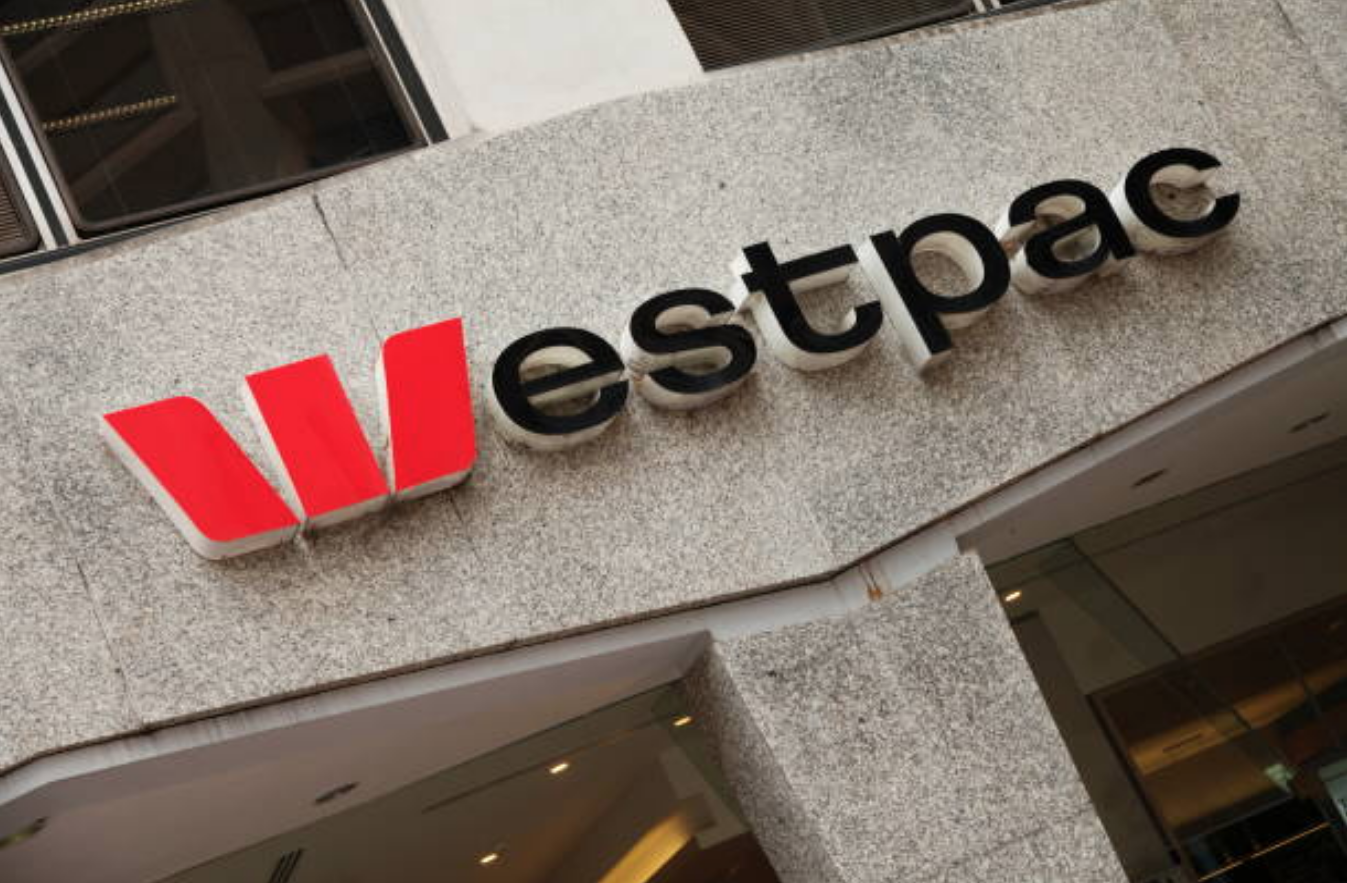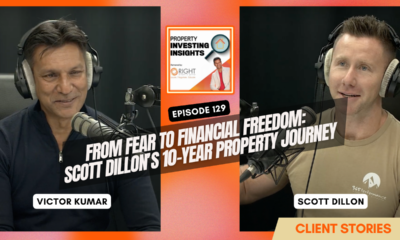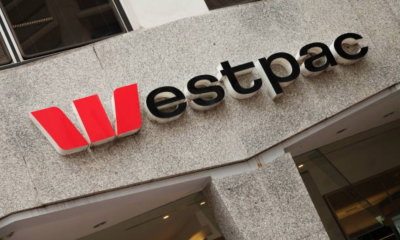Blog
Sydney vacancies rise 40pc since January 2018, SQM says

Investors who own residential property in Sydney are feeling the pinch as vacancy rates rise and rents fall with no immediate relief on the horizon.
The number of vacant properties for rent in Sydney jumped 40 per cent from 15,775 last January to 22,426 this year and is expected to further climb.
Sydney recorded a higher year-on-year vacancy rate of 3.2 per cent in January, despite a seasonal drop from 3.6 per cent in December, according to SQM Research. Sydney’s asking rent prices fell 4.5 per cent over the year for houses and 2.8 per cent for units.
The number of rental properties has soared but there’s been “no meaningful shift in the market”, says a tenant advocate. Photo: Glen McCurtayne
“Given that we are just reaching the peak in dwelling completions right now, we expect vacancy rates to rise in Sydney, potentially up to 4 per cent for this year,” Mr Christopher said. Sydney last reached a 4 per cent vacancy level during the post-Olympics property lull of 2004. Mr Christopher anticipated they would fall again in 2020.
Property investor and director at Right Property Group Victor Kumar said those who had already invested in the Sydney market “were not feeling the love” because of the current negative sentiment and they felt their property has gone down in value – even if only on paper.
“I’m also starting to see the top end is feeling the pinch. It’s the apartment market, more so than housing, around the $1 million price bracket, that seems to be bearing the brunt first,” Mr Kumar said.
“There are areas where landlords are starting to offer the proverbial one-week free rent, particularly in complexes where units settled all at once so they are trying to stand out, but I haven’t seen any major discounting yet, which is a good thing.”
But Mr Kumar expected the market to balance out once a year’s worth of supply was delivered. “There will still be pockets of oversupply but that will be temporary as levels start to normalise.”
Ben Kingsley, chair of the Property Investment Professionals of Australia, agreed it was investors who had bought in areas with a high concentration of units who are facing the biggest challenges right now.
Very problematic
“They are competing against a soft tenancy demand and that’s very problematic for those types of investors. We aren’t seeing investors who bought existing properties, well located in a small block or a free-standing house facing the same problems,” Mr Kingsley said.
Despite a vacancy of more than 3 per cent, which Mr Christopher considered a “tenants’ market”, the numbers hadn’t translated to meaningful change on the ground, according to NSW Tenants’ Union senior policy officer Leo Patterson Ross.
“We haven’t seen rents drop to affordable levels. We aren’t seeing people suddenly being allowed to keep pets or get five-year leases – these bigger changes are what you’d expect if it had shifted to a tenants’ market,” Mr Patterson Ross said.
“A few less people at an inspection might ease pressure but it doesn’t fix things. It’s still a competitive market for the vast majority of tenants.”
Rental vacancies fell year on year in Adelaide, Perth and Brisbane but increased slightly in Melbourne and Canberra.
A year ago, Brisbane had the highest vacancy rate across all of the capital cities except Perth at 3.6 per cent, but that fell to 2.7 per cent in January.
“The oversupply of apartments and rental market in Brisbane has turned around and we expect it to fall further so it will be a landlord’s market by the end of the year,” Mr Christopher said.
Darwin was the only other capital city where asking rent prices fell over the year, down 9.4 per cent for houses and 6.4 per cent for units.
Rents increased most in Canberra, by 4.7 per cent for houses and 5.6 per cent for units over the past year.
Blog
Property investors should ‘design their decade’

Property investors who are looking to build wealth through the asset class are being urged to plan their property journey or risk failing, industry experts have warned.

In a recent episode of Investing Insights, Right Property Group’s Steve Water and Victor Kumar explained to investors how property investors should “design their decade” to achieve their investing goals through property.
They noted that most investors ride on this fallacy of properties doubling every seven to 10 years.
“For someone to be really successful in property investing and not end up in the 1.8 million property investors which only own one property, to be able to own multiple properties and not just own property,” Mr Kumar said.
Mr Kumar believes “life happens”, with property investors letting opportunities pass by instead of challenging themselves to be successful property investors.
“To be really successful in property investment, to actually get the fruits of their labor, there needs to be a planned progression in the journey,” Mr Kumar said.
With education about the property market, Mr Kumar believes its now “unforgivable” if investors start their property journey and do not have a property plan.
“Most investors start without a plan, but then they’re not aiming towards anything. And that’s the main message that we want to convey is that if you haven’t started with the end in mind, whatever it looks like to you, then really you’re heading towards a disaster,” Mr Kumar said.
Investors’ plans should be easily digestible, with overly complex plans failing, according to Mr Kumar.
“This is where I am, this is what needs to happen, this is where we’re heading, this is the end result and then, you flesh it out per quarter as to what’s happening with that,” Mr Kumar continued.
Finally, the property investors advocate for plans to be flexible, with rigid plans likely to fail.
Using host Phil Tarrant’s property plan as an example, Mr Kumar said: “What we’ve achieved now is probably nowhere to what the initial plan was because it’s changed because we’ve adjusted and pivoted for any market change, change in the business, change in the circumstances, and of course, as the portfolio grows, it changes, the dynamics of it”.
To hear more insights from Mr Waters and Mr Kumar, click here
Blog
‘Time to pounce’: Investors rush to beat negative gearing change

Investors are poised and preparing to pounce on established properties to safeguard themselves against changes to negative gearing in the event Labor wins the federal election.
Industry groups have expressed fears that restricting negative gearing tax concessions will cause investors to further recoil in a market already in the midst of a downturn, but in the immediate term there’s been an increase in investor inquiries.
“We are definitely seeing astute investors out there who see there’s a correction in the market place but know that getting in before a potential grandfathered [negative gearing] clause is sensible investing,” said Property Investment Professionals of Australia chairman Ben Kingsley said.
First-time investor Alex Gassner is preparing to bring forward his property purchase in the event Labor wins the federal election. Louie Douvis
Labor has vowed to abolish negative gearing on established homes if it wins the next election but will continue to allow investors to benefit from the tax concession if they buy newly built properties such as off-the-plan apartments.
The proposal to limit negative gearing to new properties would “level the playing field” for first home buyers while boosting construction to keep up with strong population growth, Labor has said.
Individual properties and shares within a portfolio could still be negatively geared provided that overall income derived from rent and dividends outweighed expenses.
Under Labor, the capital gains tax discount on investment properties would also be halved from 50 per cent to 25 per cent for assets bought after July 1, 2017.
Alex Gassner, 30, had plans to buy an investment property in south-east Queensland by the end of the year but is gearing up for a pre-emptive strike if Labor wins the election.
“I have all my ducks lined up in a row. The plan had been [to buy] in the next six to nine months, but if a door like this is going to close it’s time to pounce,” Mr Gassner said.
Buyer’s agent Jay Anderson (left) is helping Mr Gassner with his investment purchase. Louie Douvis
“You’ve got to be ready – the people who are prepared to take advantage of the rules right now will be the ones to benefit long-term,” he said.
Gassner, who lives on Sydney’s northern beaches where he runs ComplyX, a company that outsources back offices for financial advisers, is looking to purchase an older home in Queensland for about $800,000.
Buyer’s agent Jay Anderson, who is advising the first-time investor, said they were looking for an existing property with lots of upside potential and in south-east Queensland where it was more affordable and had strong interstate migration and infrastructure projects in the pipeline.
“We are looking at established homes in established suburbs … something that can be renovated or has future development potential,” Mr Anderson said.
But not all of Mr Anderson’s clients were racing out to buy property.
“In times of uncertainty, typical human behaviour is wanting to wait to see what happens. Lots of people are really cagey about buying property right now, particularly mum and dad investors sitting on a huge pile of equity which they’ve seen contract since the peak of the market,” he said.
“But more sophisticated, commercially-minded investors can see what impact negative gearing could have on their portfolio,” he added.
But even if investors want to buy in the current market, whether they can is a different story. The latest ABS figures show loans to investors slumped to a seven-year low in December, not just a result of weaker demand but also because of more stringent oversight of mortgage lending by the banks.
While the timing of the potential tax changes haven’t been made clear by Labor, in the event of an election win, it could take a while for the proposed rules to be legislated. As The Australian Financial Review previously revealed, it’s more likely the tax changes would take effect from July 1, 2020.
“I think we would see a sharp increase in investors buying … after the election but before the legislation changed,” said Victor Kumar of Right Property Group.
“And in that quarter the data would skew towards the property market ticking up but that would be a blip because it would just be a behavioural change,” he said.
While some analysts have warned Labor’s proposal would create a two-tier market by driving down the value of established homes because of reduced interest from investors, Mr Gassner didn’t think that would be an issue when it came time for him to sell his investment.
“Any rule change will have a short-term impact, but if you’re a long-term investor you can ride out those dips. And my strategy is a long-term one to build up a property portfolio.”
Blog
Westpac plans to ‘dump’ risky property investors as rates rise and returns fall

Westpac Group, the nation’s second largest lender, is giving risky property investors less than a month to find another lender amid growing concerns about the impact of rising rates, falling values and oversupply. (more…)
-

 Blog6 years ago
Blog6 years agoProperty investors should ‘design their decade’
-

 Press6 years ago
Press6 years agoBuying Interstate
-

 Success Stories1 year ago
Success Stories1 year agoSuccess story | Scott Dillon
-

 Blog6 years ago
Blog6 years agoThe future Brisbane hotspot you haven’t heard about
-

 Success Stories1 year ago
Success Stories1 year agoSuccess story | Namrata & Vishal Marken
-

 Blog6 years ago
Blog6 years agoWealthy suburbs poised for double-digit growth
-

 Podcast6 years ago
Podcast6 years agoWhy investors need to be investing now during the day of reckoning
-

 Blog6 years ago
Blog6 years agoWestpac plans to ‘dump’ risky property investors as rates rise and returns fall

